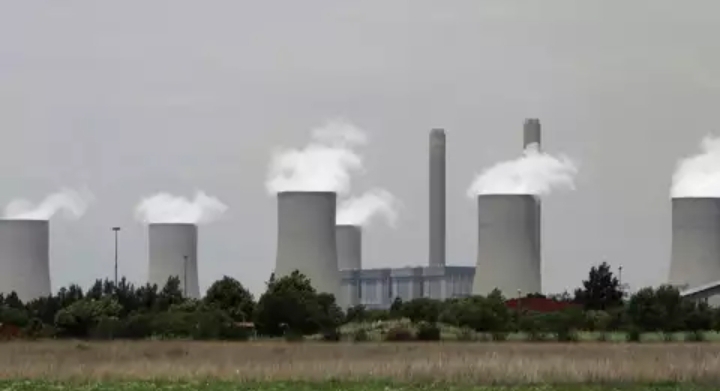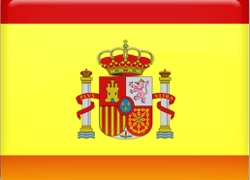The World Bank has granted South Africa a $1.5 billion loan to improve transport infrastructure and support a shift to a low-carbon economy. The government aims to boost growth and jobs by addressing energy and freight bottlenecks. Favorable loan terms will help ease debt pressures. Despite infrastructure investment plans, economic growth is projected to slow, and budget strains persist, especially after U.S. aid cuts impacted HIV programs.
World Bank Approves $1.5B Loan to South Africa for Infrastructure and Green Transition


The World Bank has approved a $1.5 billion loan to South Africa aimed at upgrading the country’s transportation infrastructure and supporting its transition to a low-carbon economy, according to a statement by the National Treasury on Monday.
Over the past decade, deteriorating rail networks, congested ports, and frequent power outages have severely affected key sectors such as mining and automotive manufacturing, contributing to sluggish economic growth in Africa’s most industrialized nation.
President Cyril Ramaphosa and his coalition government have vowed to confront entrenched corruption and reverse years of poor governance. They are also committed to implementing structural reforms intended to pull the country out of its prolonged economic stagnation and address its alarmingly high unemployment rate.
While the government did not disclose specific project details, it stated that the World Bank loan is expected to promote inclusive economic growth and generate employment by addressing major infrastructure constraints, particularly in the energy and freight transport sectors.
“This agreement reinforces the strong and constructive collaboration between the World Bank and the government of South Africa,” the National Treasury said. “This partnership marks a significant step toward addressing South Africa’s pressing economic challenges of low growth and high unemployment.”
The Treasury further noted that the loan carries more favorable terms than traditional borrowing, including a three-year grace period. These terms are expected to ease the country’s rising debt-service burden.
South Africa’s 2025–26 national budget has earmarked over R1 trillion over the next three years for investment in critical infrastructure, including transportation, energy, water, and sanitation, with a focus on expanding access to essential public services.
Despite these efforts, the Finance Ministry revised the 2025 real gross domestic product growth forecast downward from 1.9% to 1.4%, citing a deteriorating global economic outlook, ongoing logistical challenges, and higher borrowing costs.
Finance Minister Enoch Godongwana stated that government debt is projected to stabilize at 77.4% of GDP by the 2025/26 fiscal year.
Earlier this year, the dismantling of USAID by the Trump administration led to the withdrawal of approximately $436 million in annual funding for HIV treatment and prevention programs in South Africa. This cut placed thousands of health care jobs at risk and undermined support for one of the world’s largest populations of people living with HIV.
Godongwana confirmed that the government does not have the financial capacity to fill the more than $430 million gap left by the aid cuts, leaving vital HIV support services in jeopardy.

 বাংলা
বাংলা  Spanish
Spanish  Arabic
Arabic  French
French  Chinese
Chinese 
